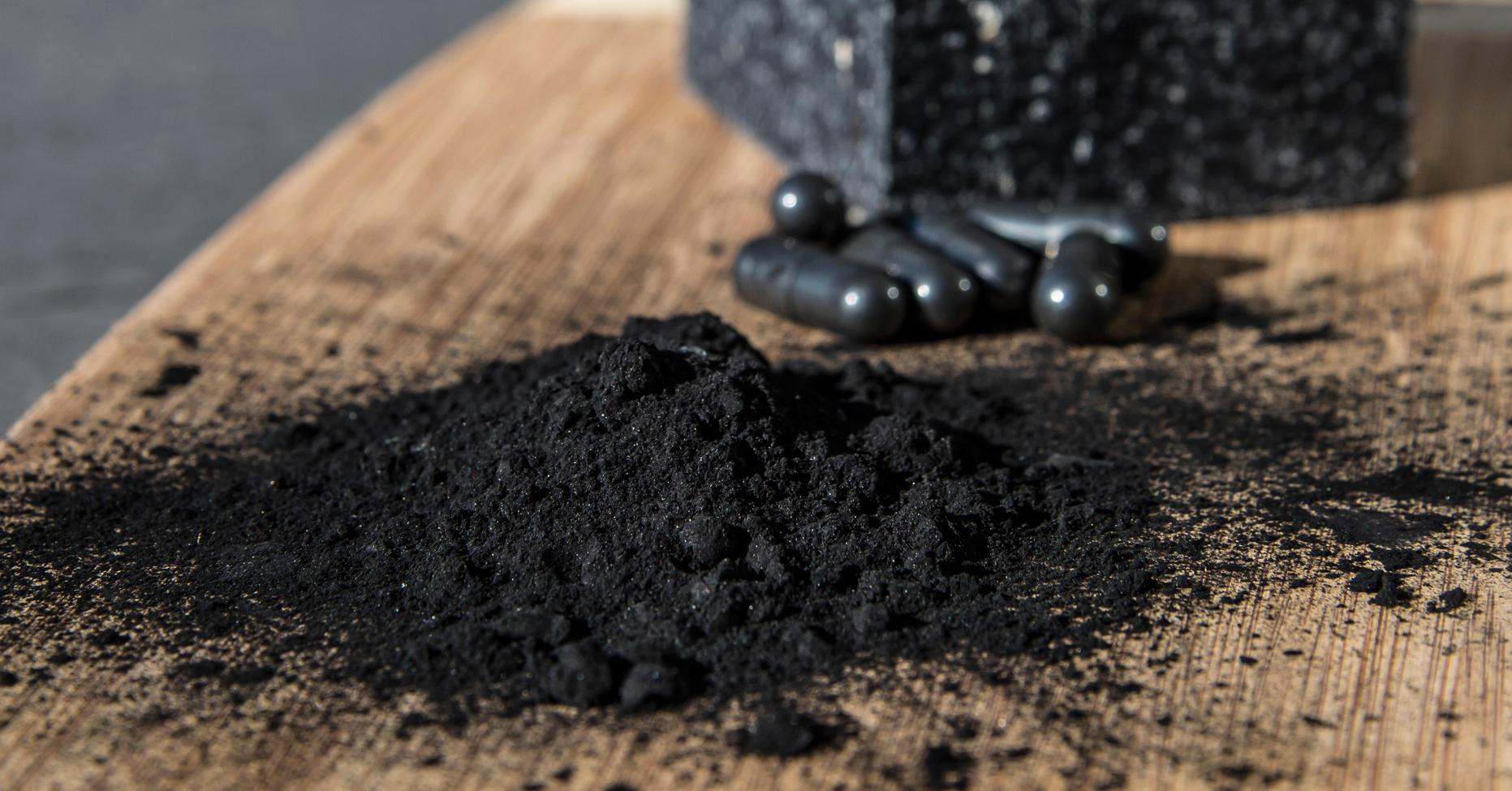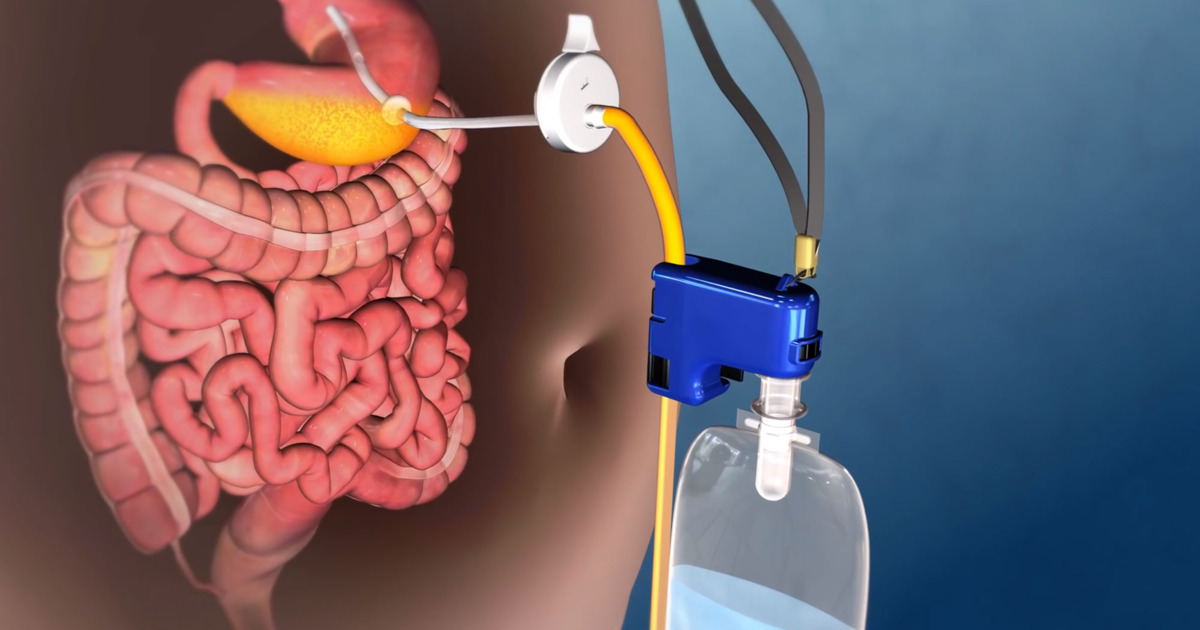Treating And Preventing Caffeine Overload
With its presence in everyday drinks like tea and lattes, we often think of caffeine as fairly harmless. However, it is possible to overload on caffeine just like any other stimulant. In the milder stages, this can just cause headaches, insomnia, jitteriness, and irritability. Adults can reach this stage if they have over four hundred milligrams a day, or four cups of coffee, while teens can reach this state when they consume more than two hundred milligrams a day. However, individuals who consume a truly excessive amount of caffeine a day can suffer from potentially fatal overloads, characterized by vomiting, rapid breathing, confusion, uncontrollable muscle movements, irregular heartbeats, clammy skin, loss of consciousness, chest pain, and convulsions. Therefore it is important to seek medical treatment quickly if caffeine overload is suspected.
Ingest Activated Charcoal

This is a treatment for individuals in the medically dangerous stage of caffeine overload. It involves taking repeated doses of a special type of charcoal that can bind with the caffeine and keep the body from absorbing it. Since this treatment works by keeping the caffeine from getting into the patient's system, it is only effective for a short period just after the caffeine overload. Doctors may get patients to ingest activated charcoal to absorb caffeine in either the stomach or bowels. Typically, the powdered charcoal is mixed with a liquid and given to patients as a drink, though in some cases, it can be administered through a feeding tube. Activated charcoal is also available in pill form, but this is not often used in cases of caffeine overload because patients would have to swallow an unpleasantly high volume of pills to deal with the issue.
Get A Gastric Lavage

A gastric lavage is another potential option for individuals who have already begun to digest a physically dangerous amount of caffeine. This treatment is more commonly referred to as a stomach pump, and it is a fairly common method of dealing with all types of overdoses. The process starts out with the healthcare professionals passing a tube through the nose or mouth to reach the patient's stomach. They then repeatedly add warm water or a saline solution to the stomach and use a siphon to remove it. This essentially washes out the stomach and removes caffeine before the patient's system can absorb more. This method is useful for severe cases of caffeine overload because it helps to quickly get the caffeine out of the patient's system. Once individuals get a gastric lavage, they may need breathing support, intravenous hydration, or heart monitoring to ensure the caffeine they have already absorbed does not continue to cause issues.
